In the heart of Rome, the Palatine Hill has dominated the city since time immemorial.
Today, thousands of years later, the Palatine is still there: like a book telling an extraordinary story, or a museum displaying its most precious works.
Mount Palatine, some call it: it is only 132 feet high, and yet it feels like you can dominate the whole city from here. Or, at least, so surely thought Augustus and the Roman emperors who lived here. So thought the patricians and nobles of the ancient city.
After all, it is no coincidence that it was from here, from the noble dwellings on the Palatine, that the word "palace" originated.
Learn more about the Palatine: its history, what to see, how to visit, and how to get there! To visit the Palatine and the main attractions of Rome, consider the Visit Rome Pass, a single card that allows you to enter more than 50 sites and includes unlimited access to the use of public transport.
Find out more about Visit Rome Pass
The Palatine: 3,000 years of history worn beautifully
The Palatine was the first of the mythical 7 hills of Rome to be inhabited. The first people, in fact, came here, probably because of its strategic location, as early as 3,000 years ago. They came from what is now Sicily, but also from Magna Graecia. In short, this place was a real heterogeneous mix.
Then the fateful date with history or, rather, with legend happened, when Romulus founded the city of Rome on April 21, 753 BC.
A few centuries later, Emperor Augustus, who was born here, chose Mount Palatine as his very place of residence. Since then, many subsequent Roman emperors also began to build their palaces here: those of Augustus, Tiberius and Domitian, for example, are still visible.
In the 16th century, the Palatine Hill became the property of the powerful Farnese family, who built the famous Horti Palatini (or Farnesiorum) here.
Visiting the Palatine today, therefore, means immersing oneself in an exciting historical and artistic journey that truly has no equal! And if you really don't want to miss any details, consider the option of being accompanied by an expert guide.
Discover the Roman Forum and the Palatine Hill with an expert guideWhere it is located and how to get there
L'area del Colle Palatino a Roma
Access to the Palatine is possible from three distinct areas. The first is located right next to the Colosseum and is the entrance next to the Arch of Titus.
Alternatively, one can arrive from the Largo della Salara Vecchia gate and the Via del Tulliano gate.
Arriving by metro, the nearest stop is "Colosseum," which can be reached via the B line. Alternatively, by bus, you can arrive by lines 51, 75, 81, 85, 87, 118.
What to see today on the Palatine Hill
The Palatine, even before being a fundamental political site, was a religious center. For example, rites in honor of the goddess Pales (hence the name Palatine) were celebrated here, as well as the Lupercalia, in honor of Lupercus. In imperial times, the goddess Cybele and the god Apollo were also celebrated here.
Thanks to excavations, evidence can be found of Iron Age dwellings, temples and buildings of worship, such as the temple of Magna Mater (Cybele) and, what most strikes the visitor's eye, imperial mansions.
The House of Augustus and the adjoining House of Livia, actually a republican-era house that cannot be attributed to the emperor's wife, still bear splendid wall paintings from the first century BC.
Then there are the remains of the Domus Tiberiana (of the emperor Tiberius), some ruins of the Domus Aurea (of Nero) that reached as far as here, of the Domus Flavia (the same family that called for the construction of the Colosseum) and, finally, of that of Septimius Severus. From the latter, there is a magnificent view of the Aventine and the Circus Maximus area. Unparalleled.
A curiosity about the Palatine Hill? In this very area, on the slopes of the Hill, the Lupercale, the cave where, according to legend, the she-wolf raised twins, is thought to have been found. It cannot currently be visited, but it is certainly a fascinating discovery.
Finally, let us not forget that on the Palatine Hill are the 16th-century Orti Farnesiani and the Palatine Museum. The latter was opened in the late 19th century on the remains of the Palace of Domitian. Inside the Palatine Antiquarium you will find remains from the Republican period as well as from the Augustan and Imperial periods. Entrance to the Museum is included within the tour of the Hill.
Discover the guided tour of the Roman Forum, Palatine and Roman domusHow long is the visit and how much the tickets cost
The ticket that allows access to the Palatine Hill also includes access to the Colosseum and the Forum.
The full entrance ticket currently costs 16 euros per person. It can no longer be purchased on site, but must be purchased online or by phone.
To visit the Forum and the Hill, you should allow at least an hour: we suggest at least 2.
On one hand, in fact, there are indeed many things to see on the Palatine and at its foot. On the other, it is right to take time to savor the atmosphere of these places. In short, admiring the Roman forum from above, walking among the ruins and trying to understand the history of these places is an experience that cannot be lived quickly.
The visiting opportunities can only be the most diverse. One can decide to visit it independently, or accompanied by a guide. One can even choose to visit it at night, by the white light of the moon.
Discover the reserved entrance + digital audio guide for the Colosseum, Roman Forum and Palatine HillWhat to see on the Palatine: nearby attractions
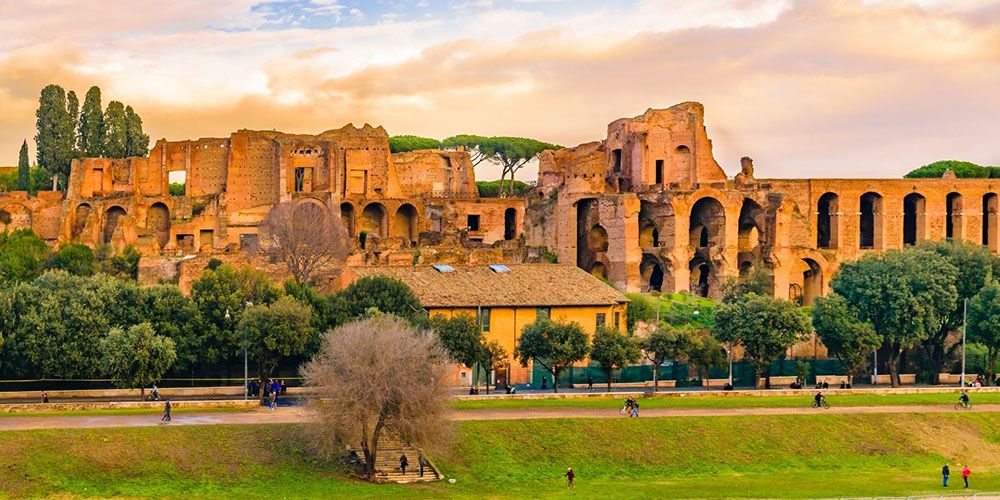
The Palatine is where Rome originated and whether you are a fan of Ancient Rome, or simply eager to get to know Rome and its major attractions, we recommend starting from the Palatine.
To complete your tour, we suggest visiting nearby attractions. A few minutes’ walk from the Palatine you can reach sites that are worth visiting, first the Colosseum, right in front of one of the entrances to the Palatine, along the large Via di San Gregorio you can instead reach the Circus Maximus, the largest stage of antiquity and finally complete your journey to the grandiose Baths of Caracalla.
What to see on the Palatine: final tips
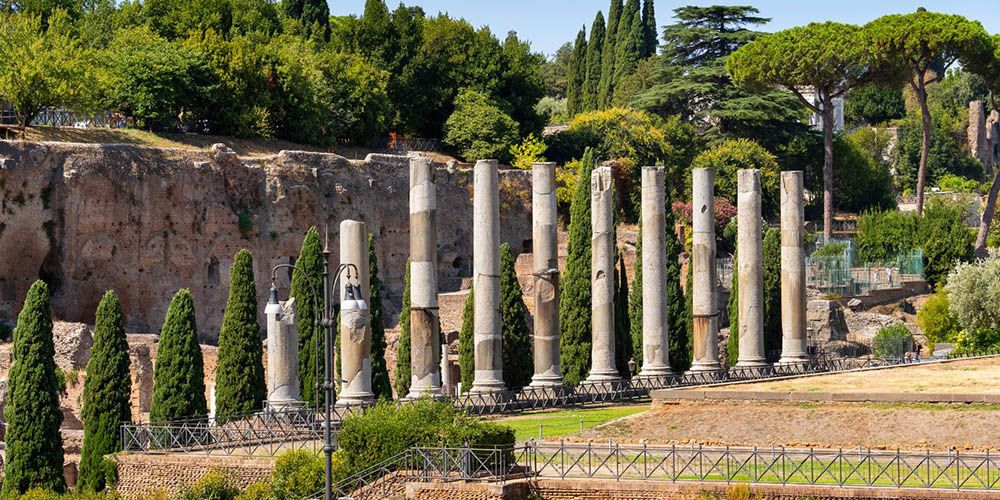
Take at least a day to visit the Palatine and the nearby attractions and look at our Ancient Rome Tour, an itinerary designed in 10 stages to learn about the fundamental destinations of ancient Rome and if you have not yet planned the duration of your visit, see our articles for a visit to Rome in 2 days, Rome in 3 days and Rome in 7 days.
For your holiday in Rome, we once again suggest that you think and organize your trip well in advance and consider the Visit Rome Pass, a single card that allows access to more than 50 attractions and unlimited use of the public transport in Rome.
About the author
Written on 23/07/2024


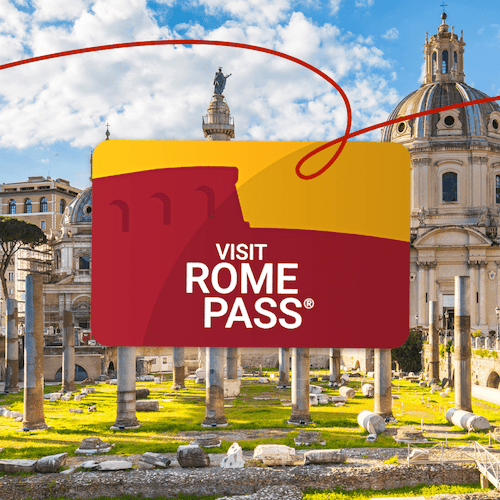
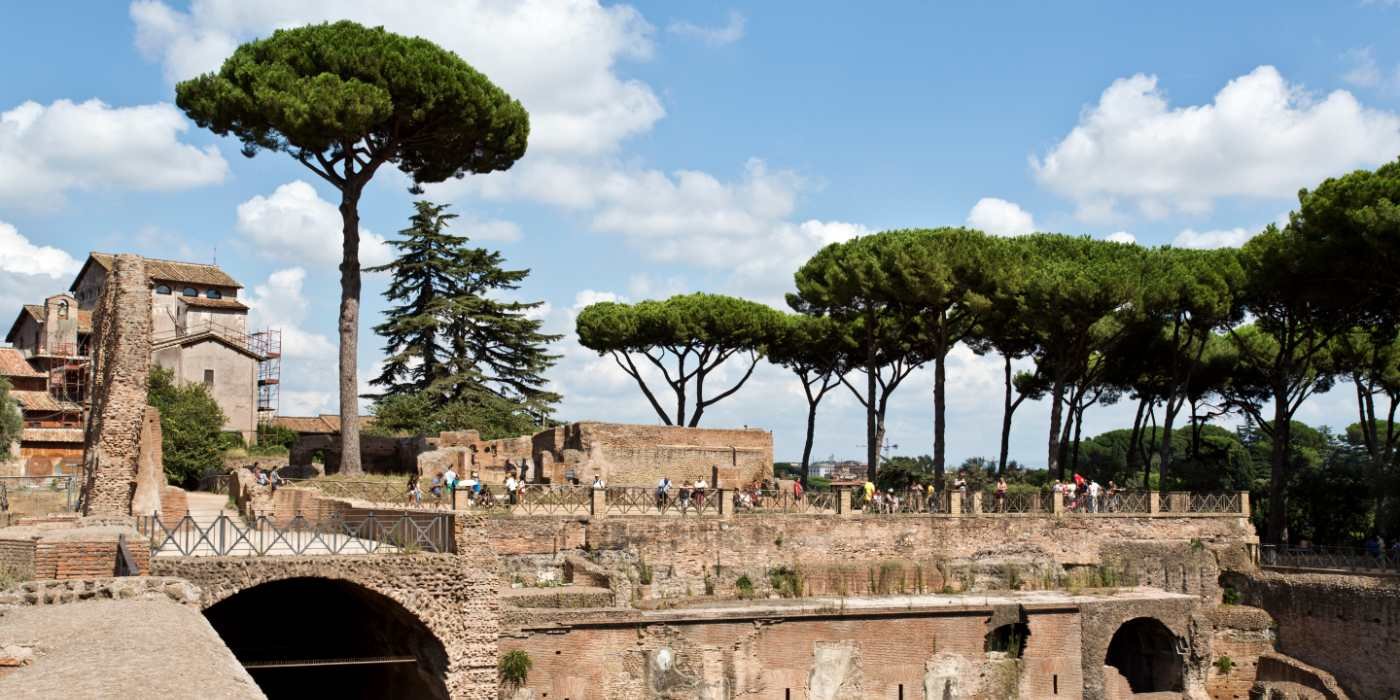
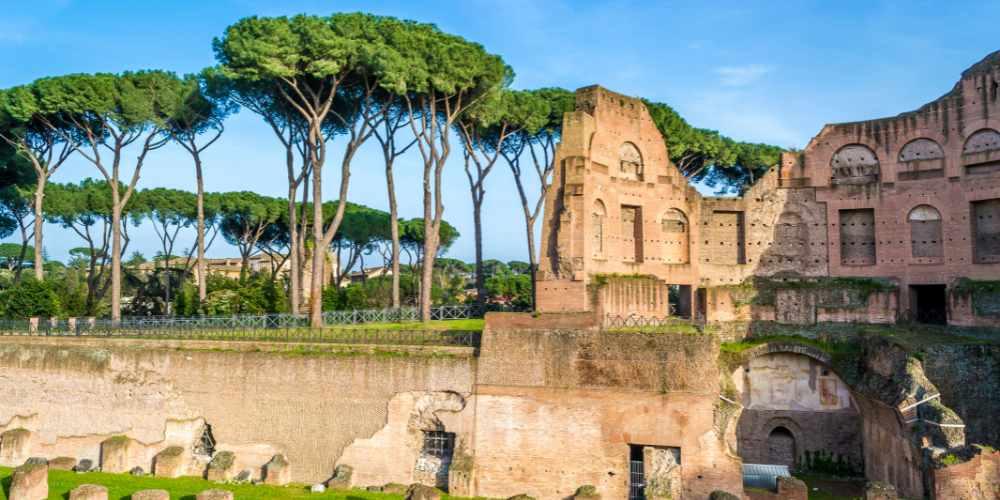
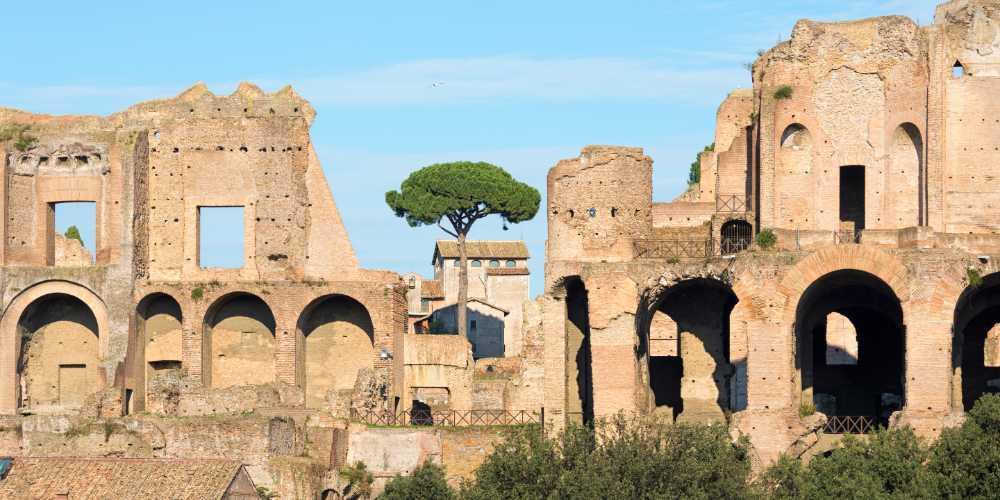
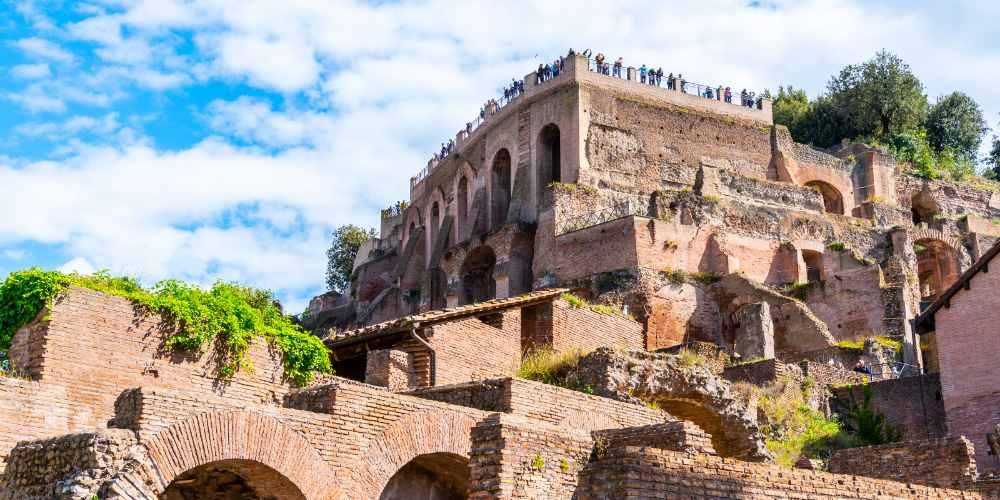
Elisa Borgato
The outstanding beauty of the Palatine Hill tells us a story of more than 3 thousand years. Let's find out how to visit it and how to to get there.